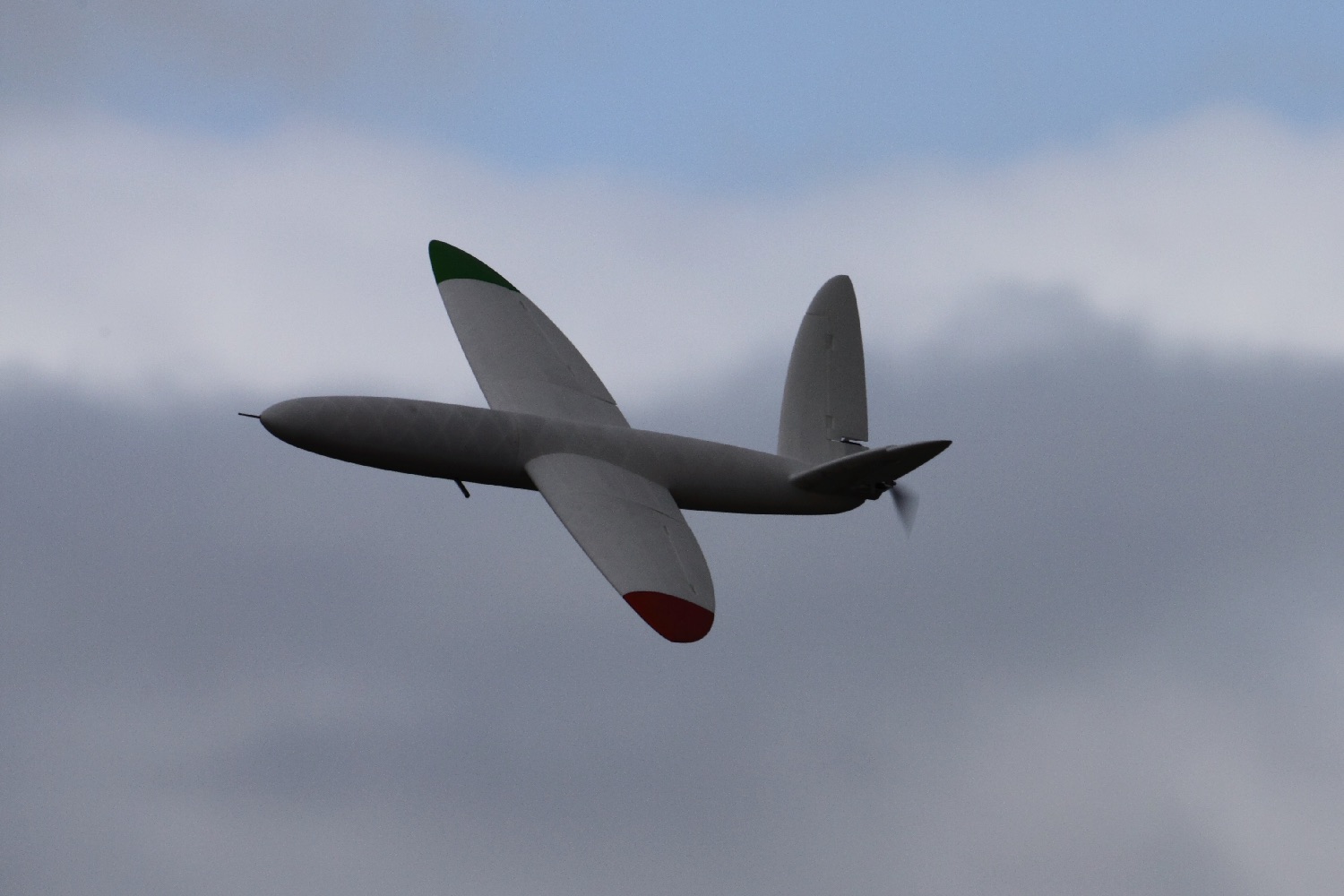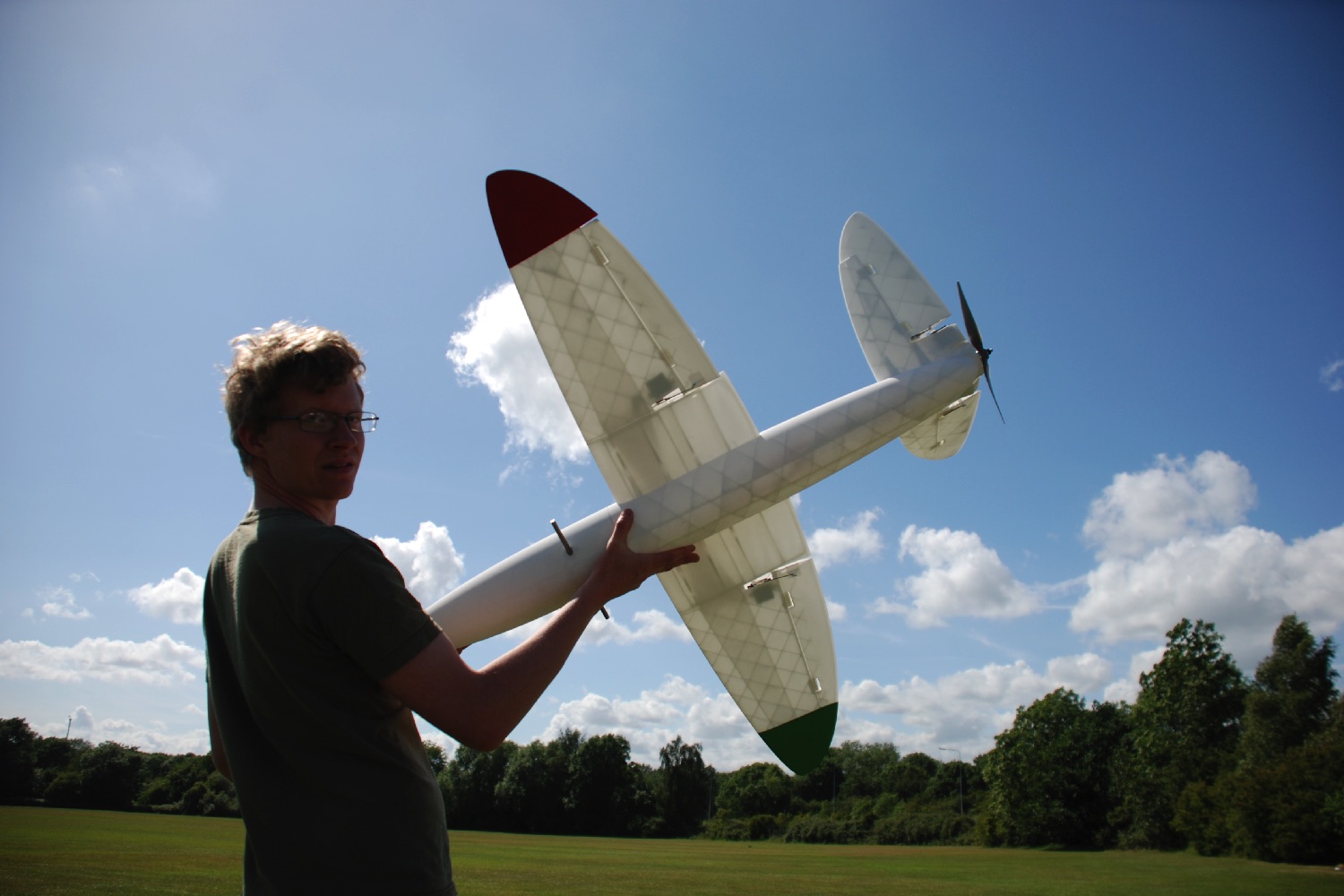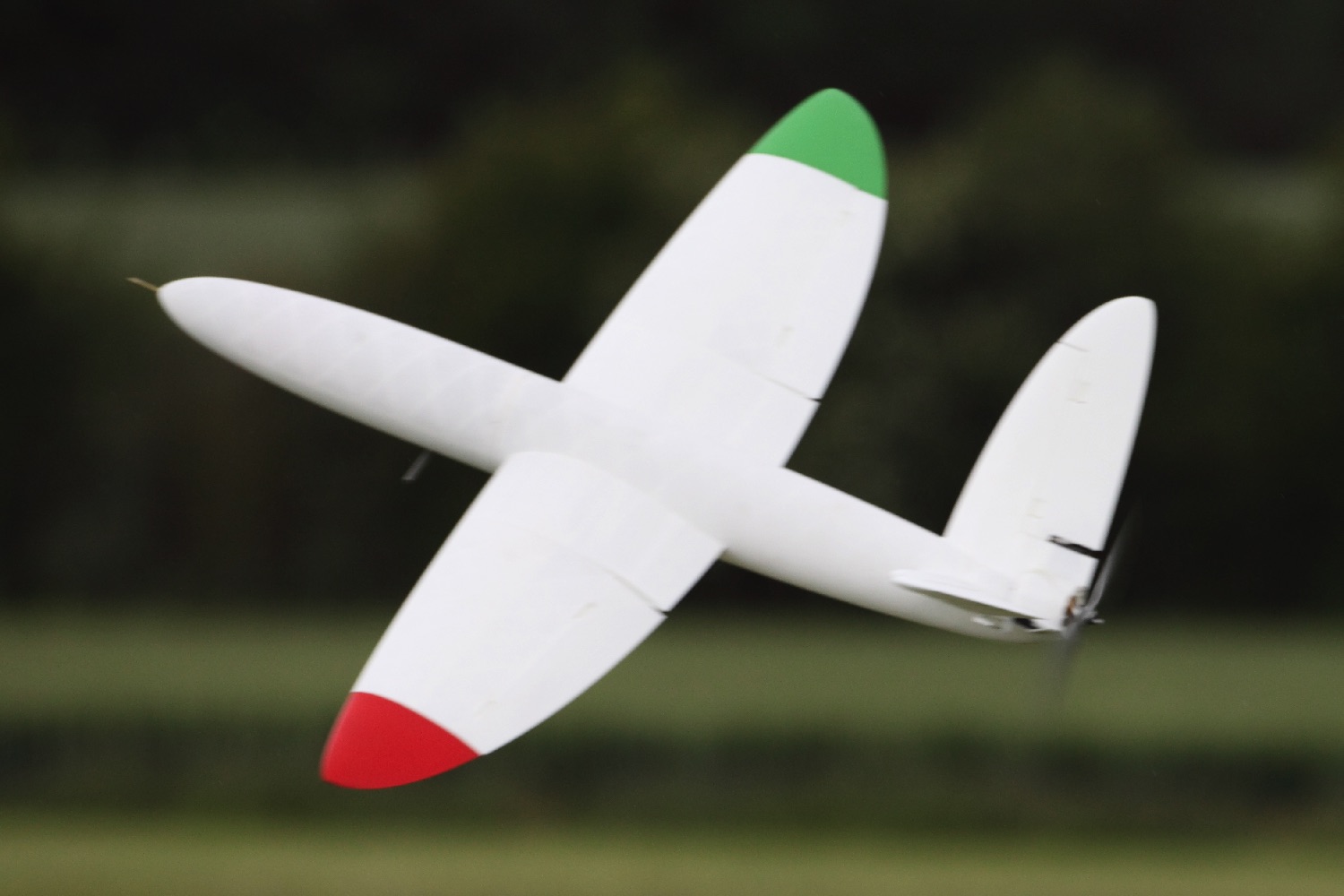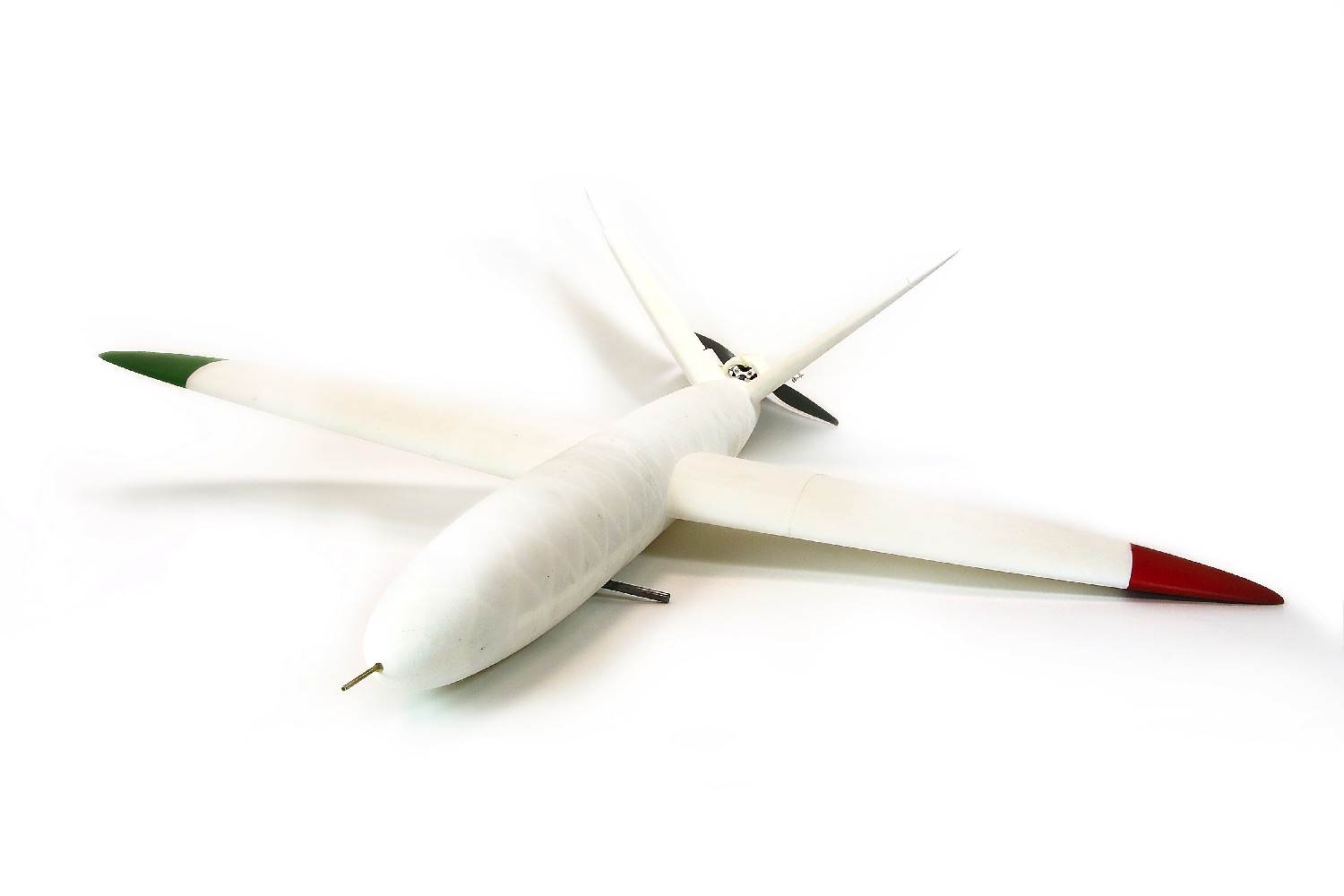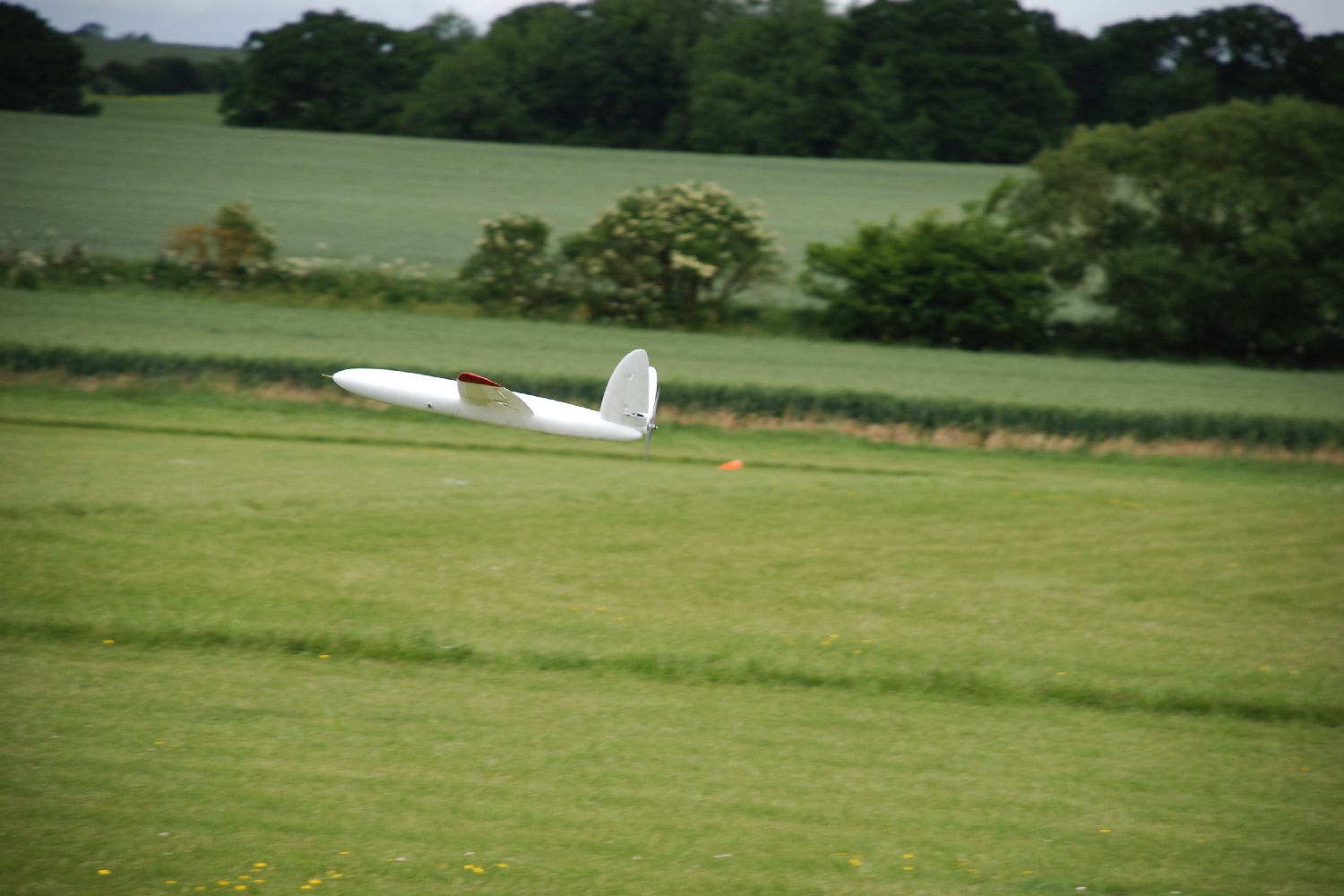“The Royal Navy took the UAV to the Antarctic so as to be able to test it in a harsh environment,” Richard McKenzie, marketing manager for the drone’s manufacturer 3T RPD, told Digital Trends. “If you’re working in the military, you want your kit to be able to work in extreme temperatures. They wanted to test the UAV to see whether it would be able to fly efficiently in a hostile environment.”
A 3D-printing company that regularly works in the automotive and space industry, 3T RPD first began collaborating with the U.K.’s University of Southampton on its SULSA (Southampton University Laser Sintered Aircraft) back in 2011. Since then, the resulting drone attracted the attention of the British Royal Navy, which has been taking it globetrotting to test in a variety of situations — including the Antarctic jaunt, onboard the Royal Navy’s Antarctic patrol vessel, HMS Protector.
As McKenzie explained, being able to 3D print a UAV comes with a few key advantages. For one thing, the sintering process involved means that more durable shapes can be manufactured than via traditional means. SULSA is so tough, in fact, that the original 2011 unit is still going strong, despite dips into near-freezing oceans.
It is also much cheaper, with far less cost involved in the tooling. “The cost of this particular unit is around $10,000,” he said. “That sounds like a lot of money for a hobbyist, but if you’re the Royal Navy, that cost is the same as running a Merlin Helicopter for one hour. It means that you can build more of these UAVs for less money, which opens up a lot of new use cases.”
Being the military, of course, getting details about future testing plans isn’t exactly straightforward. However, from the sound of things, SULSA has so far passed all its test runs with flying colors.
Who knows? Maybe it will get called into active service before too long. After all, a trip to the Antarctic is a heckuva boot camp.
